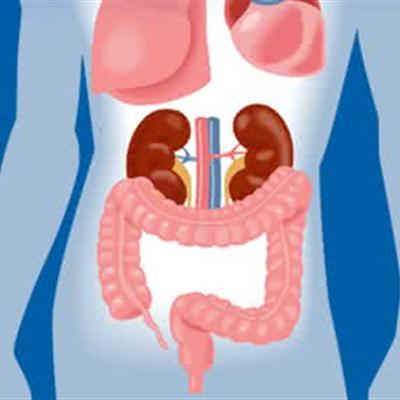What are the symptoms of Marfan's syndrome?
summary
The symptoms of Marfan's syndrome belong to a congenital hereditary connective tissue disease with family history. It is autosomal dominant inheritance. The lesions mainly involve the bone, heart, muscle, ligament and connective tissue of mesoderm. Skeletal deformity is the most common, with long and thin tubular bone, long and thin fingers and toes. What are the symptoms of Marfan's syndrome? Let's talk about it
What are the symptoms of Marfan's syndrome?
Musculoskeletal system: there are slender limbs, spider fingers (toes), flat arms, finger distance greater than body length, hands hanging over the knee, lower body longer than upper body. Long head deformity, narrow face, high palatal arch, large and low ear. Hypodermic fat is little, muscle is undeveloped, chest, abdomen, arm skin wrinkle. Muscle tension is low, showing a weak constitution. The ligaments, tendons and joint capsule were elongated and relaxed, and the joints were over extended. Sometimes see pectus excavatum, chicken breast, kyphosis, scoliosis, spina bifida and so on.

Cardiovascular system: 80% of patients have congenital cardiovascular malformations. Aortic sinus aneurysm, dissecting aneurysm and rupture caused by progressive aortic dilatation, aortic valve insufficiency, and cystic necrosis of the aortic media are common. Mitral valve prolapse and mitral regurgitation are also important manifestations. Congenital atrial septal defect, ventricular septal defect, tetralogy of Fallot, patent ductus arteriosus, coarctation of aorta, etc. It can also be combined with various arrhythmias, such as conduction block, preexcitation syndrome, atrial fibrillation, atrial flutter, etc.

Pulmonary lesions: bullae, emphysema, honeycomb lung, upper lobe fibrosis, bronchiectasis and pulmonary infection, especially pneumothorax. Patients with normal X-ray examination can not completely rule out the possibility of pulmonary lesions at the same time.

matters needing attention
Health care during pregnancy can reduce the incidence of this disease. Pregnant women should eat more foods rich in vitamin PP and folic acid, such as green vegetables lettuce, spinach, tomatoes, carrots, vegetables, Gracilaria lemaneiformis, cauliflower, rape, cabbage, lentils, pods, mushrooms, etc., followed by walnut oil also contains folic acid. It can promote the normal development of nervous system and reduce the occurrence of this disease.














